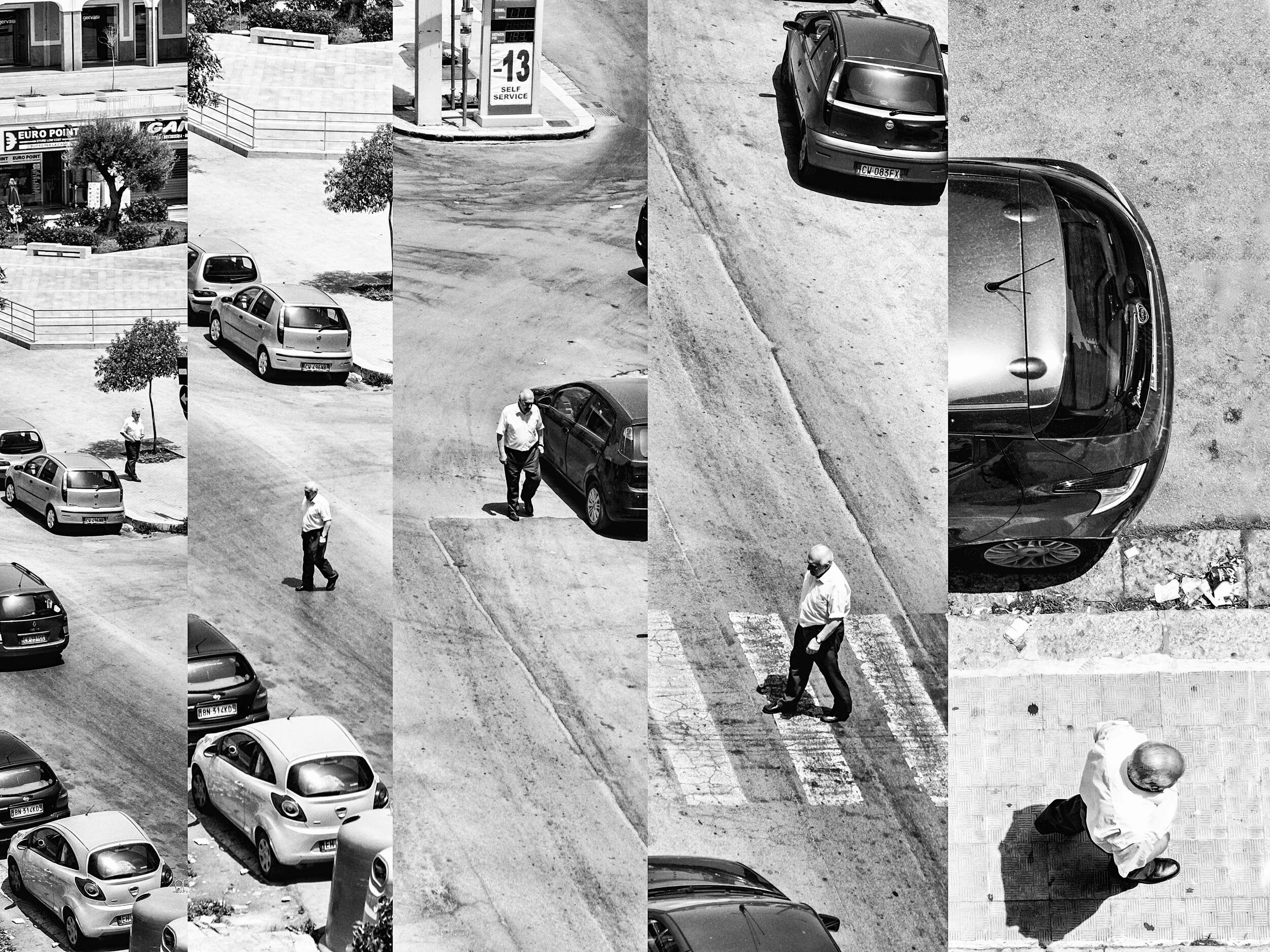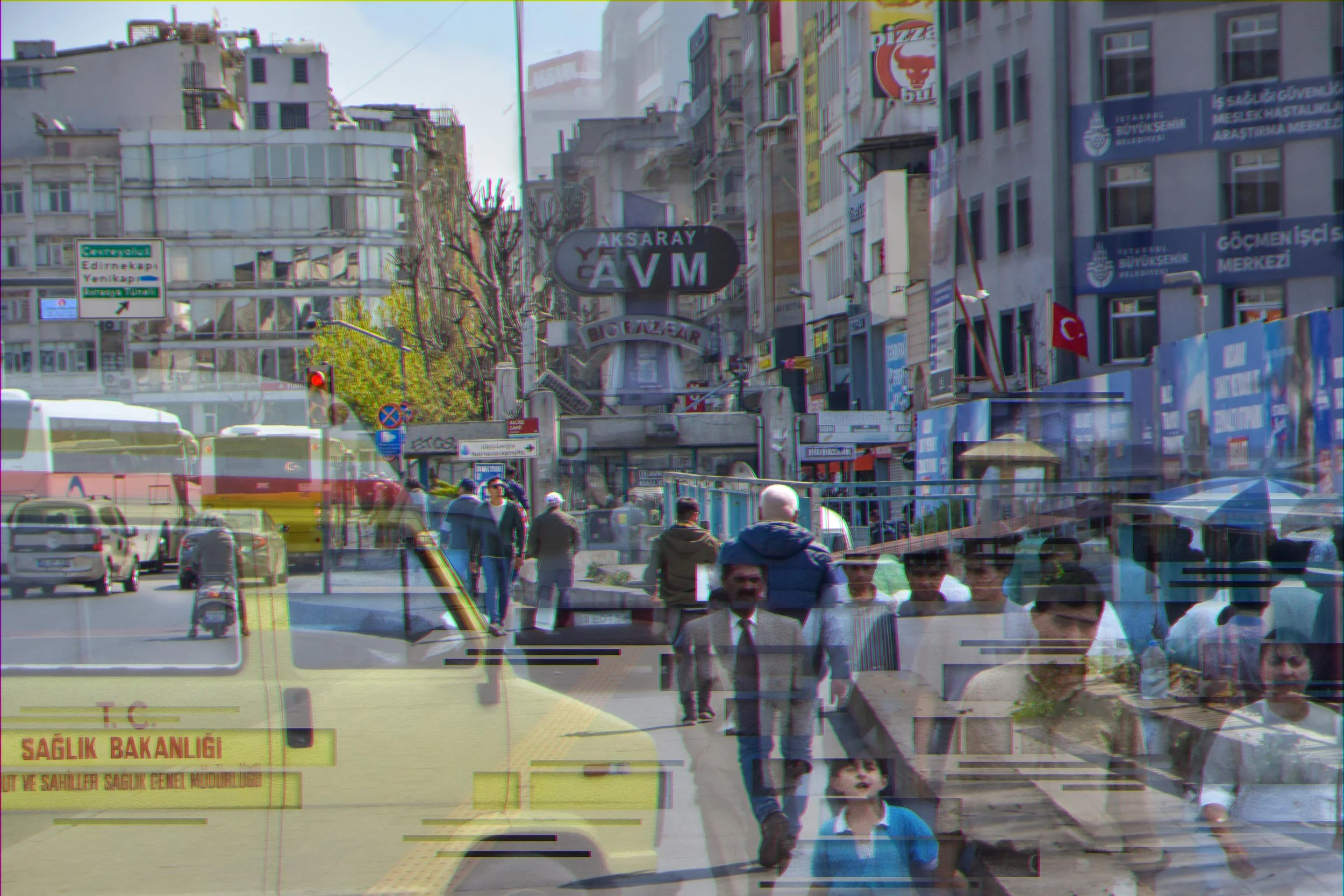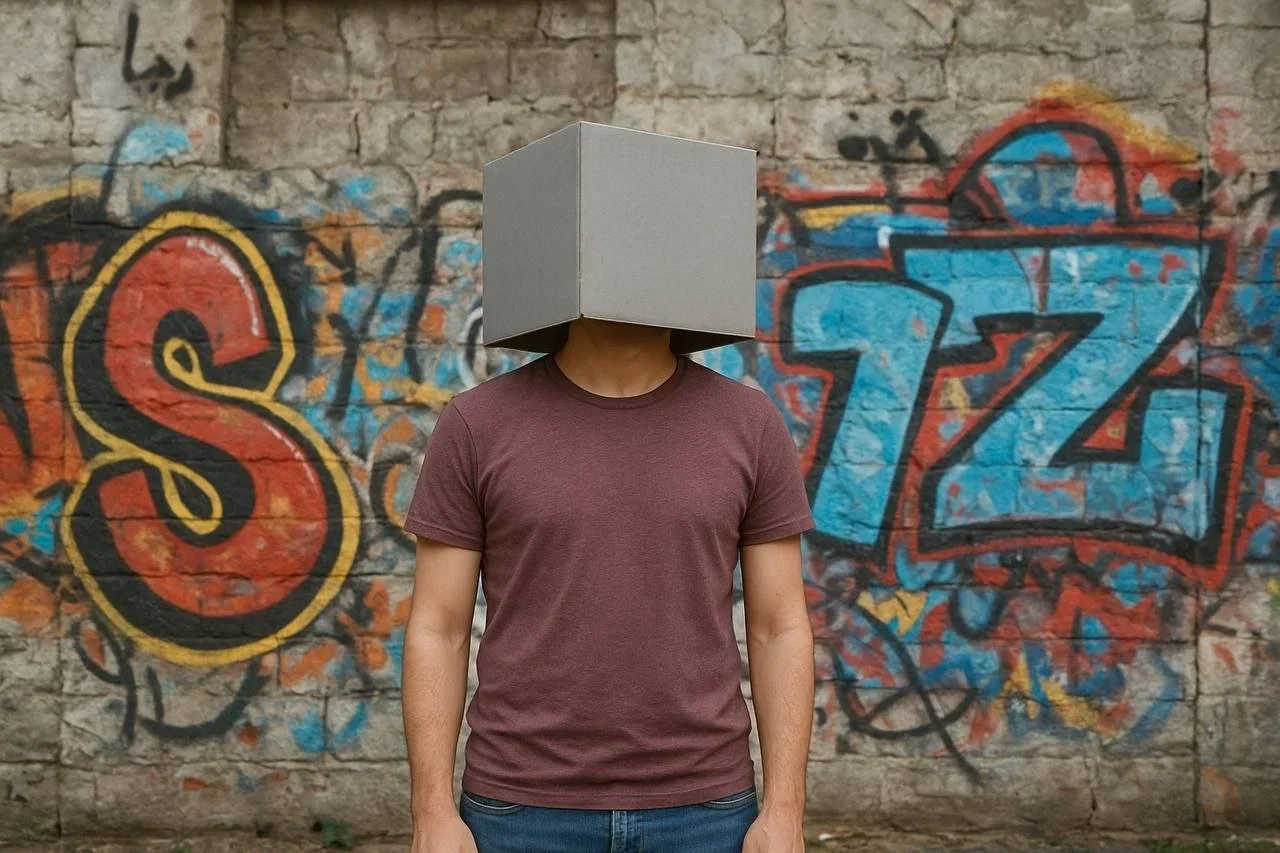10 Questions with Giuseppe Francavilla
Born in Palermo, Italy, in 1974, he has been having a natural flair for the shot since he was 10, using a Polaroid 1000 model borrowed from his elder brother. He is often inclined to capture the outside world in one click for simple moments of celebration or relaxation with family or friends.
The real revolution began owning a Kodak's bridge camera with a 24x zoom which trained his eye to look for the hidden details of things, as in an imaginary game in which there is always something hidden from reality that may tickle the wonder of surprise.
In 2011 he inaugurated his portfolio on Vogue Italia's PhotoVogue website with more than 500 photos. Since then, international honors have dropped with some regularity, which has pushed him to challenge his skills more and more. Currently, he dedicates himself mainly to street and documentary photography. He recently finished his documentary triptych about his mother's family.
ARTIST STATEMENT
The interest in street photography is strictly connected to architecture. Speaking about architecture is thinking about it as a form and as an evolution of the format in the civil habitat, such as palaces, buildings, and monuments shape and give shape to a city and constitute its face and documentary storytelling. Photography must archive visions of the present and be the object of evaluation and criticism of the territory for the future.
As an artist, he tries to make the documentary discourse something universal starting from the particular: personal experiences such as recounting the illness of a family member in a way that is accompanied by moments of poetry and that speak not only to those close to him but that suggests a universal vision.
Precisely for this reason, he has lately also concentrated on the work of photographic collages, thus interrupting the rigid rational thread that binds the photos and allowing the introduction of signs, symbols, and other illustrations as support to photography, not to explain it but to detach it from the weight of reality.
INTERVIEW
Could you tell us a little more about your background? When did you start experimenting with images?
I started taking pictures at the age of about 9, using a Polaroid of my older brother. I already felt the need to "stop" on film some moments not always linked to ceremonies such as birthdays or other parties but to celebrate single moments of peace and beauty, such as photographing my mother because one day she had a beautiful dress and was close to a lovely fountain. At the age of 15, this need became a desire to discover, and this led me to wander around the city as if it offered ideas scattered through the streets: for example, a car with a particular color, a building with particular architectural shapes, or even a simple cat staring at me from behind a window.
The use of fairly powerful zooms has exercised my eye to stop on the detail, to look for that particular sign in the mass that deserves to be photographed and perhaps steals the show within certain chaos. I have never attended art schools or photography courses. I preferred to deepen the subject through the discovery of great photographers and also extending the readings to other subjects such as sociology and philosophy.
Can you tell us about the process of creating your work? What is your artistic routine when working?
I now strongly believe in photography as a story and a collection: I realize that sometimes, even after months or years, in some photos, a particular aspect or subject always returns. So I collect these photos and arrange them as in a linear story. Today everything starts from a very precise mental scheme, a set of notes with which to unravel the flow of the photos I will take. I leave little to the imagination when I want to create a documentary. If anything, the imagination is free to "work" on the choice of the subject of my work. But once the pattern is chosen, it must have an ideal beginning, sequence and end.
The Simple Life Of A Common Retiree #06, Photography, 13x10 inch, 2014. Giuseppe Francavilla©
Can you tell our readers what experiences of your life are reflected in your works of art? And how did these experiences influence your practice?
For a long time, I have not noticed that the same daily life that I tell can be an interesting object to photograph. You don't have to go very far with your imagination. For this reason, living for years in the house where my grandfather Giuseppe lived and surrounded by his memories, many of which date back to the two world wars, I decided to work on my first real photographic documentary that earned me first place at the "Prix de la Photographie de Paris." The human side, the personal stories of the loved ones are those that most influence my practice. I really feel the need to make them current, present them, and collect them in a new graphic format.
How has your art evolved over the years?
Years ago, I used analog photography and especially black and white film. Digital has halved the costs a lot, but the quality of the analog still has a lot of value. From an initial interest in portraits, I moved on to two fronts: architecture (I am a passionate admirer of the late Gabriele Basilico) and storytelling intended as a photographic analysis of personal experiences and lives. Today I also use the collage method that allows me to get out of the elementary canons of photographic shooting so as to wander with the imagination and make the story almost a fairytale, wanting to surround the photos with symbols and other additions that strive to create a sort of background of accompaniment to the photos that, in the end, always remain the main actors of the scene.
Collage also helps simplify topics that can be quite raw and touching. For example, in a recent documentary of mine, I recounted the loss of my mother. The college allowed me to get out of the paths of rigid composition and allowed me a poetic and even dreamy development.
The Simple Life Of A Common Retiree #05, Photography, 13x10 inch, 2014. Giuseppe Francavilla©
The Simple Life Of A Common Retiree #10, Photography, 13x10 inch, 2014. Giuseppe Francavilla©
In your series "The simple life of a common retiree," you take the viewers with you, following the daily life of your uncle Augusto. What did you learn from shooting this series?
I learned that less is more. A few simple details can explain a lot. Photography doesn't need special effects. Let's say I learned the practice of contemplative photography.
How did the idea for "The simple life of a common retiree" come about?
I lived for about ten years with my uncle Augusto, living with him when I was attending university. I needed more space and silence for my studies, and he was ideal living alone. We shared many passions: poetry, cinema, music, and even photography. He was the one who took a portrait of me in 1986 with an old 1920's Kodak that belonged to his grandfather. Seeing him every day at work with his habits, his routines, his superstitions, his worries... I had an uncle in front of me, but he could also be a human model, a man like millions of others in the world with the same fears and the same economic hardships. I, therefore, wondered if the same daily actions of him were not repeated equally by so many other people in every part of the globe.
Where did you find inspiration for your work? And why did you choose your uncle?
In 2014 I was fascinated by Robert Doisneau and Philip Jones Griffiths' works, by the power and poetry of their shots, by their strong humanity. I chose my uncle precisely because of his current retirement condition and because he was a particularly easy subject to photograph being pleasantly passive: he had no problem letting himself be also filmed because they were natural shots, never posed. I portrayed his daily life almost as a hidden observer.
The Simple Life Of A Common Retiree #12, Photography, 13x10 inch, 2014. Giuseppe Francavilla©
What do you hope that the public takes away from your work?
The humanity of small gestures, the rurality of simple life, without frills. In an era like ours, hyper-connected and so in need of status-symbols, the chance to know people who still have a taste for simple things and lead a slightly slower life I think it is so encouraging and helps to reflect on the transience of life and the philosophy of living more lightly.
Are you working on any new project right now?
I am active with various projects, even quite different from each other. One concerns the city of Rome and is a photographic census of its towers. I then recently finished a documentary on the inhabitants of Bagheria, a city a few kilometers from Palermo where I lived with my uncle and which gave birth to Guttuso, a famous Italian painter, Ferdinando Scianna, member of Magnum Photos and the Oscar winner Giuseppe Tornatore. They are mixed photographs: on the one hand, the inhabitants caught in simple everyday attitudes taken on the street, and the other hand, some single and hard visions of the city. I finished a documentary on Cinecittà, the film studio complex of Rome. Soon, I will work on a documentary on myself, on my childhood, and in particular on two years of my life in which I underwent an important surgical operation.
The Simple Life Of A Common Retiree #03, Photography, 13x10 inch, 2014. Giuseppe Francavilla©
Where can our readers find your work? Any gallery, exhibition, or publication you are looking forward to in the upcoming months?
Definitely on my website, constantly updated, and on Instagram @giuseppe_francavilla. There is an ongoing online exhibition at ArtDoc Photography Magazine in which you can find four street photos of mine reflecting on these pandemic times. At Loosenart you can find my photo as the banner of the event held in Rome in February 2021 at Millepiani Gallery, an exhibition about virtual reality.
At Coca Project you can have a look at the documentary "Now Rome is all yours", dedicated to my mother, and at Art About you can see an experiment I made with collage and colored Polaroids about some architectural sides of Palermo, my hometown.
In October 2021, two streets photos will be on exhibition at Trieste Photo Days, in the city of Trieste (Italy).
























